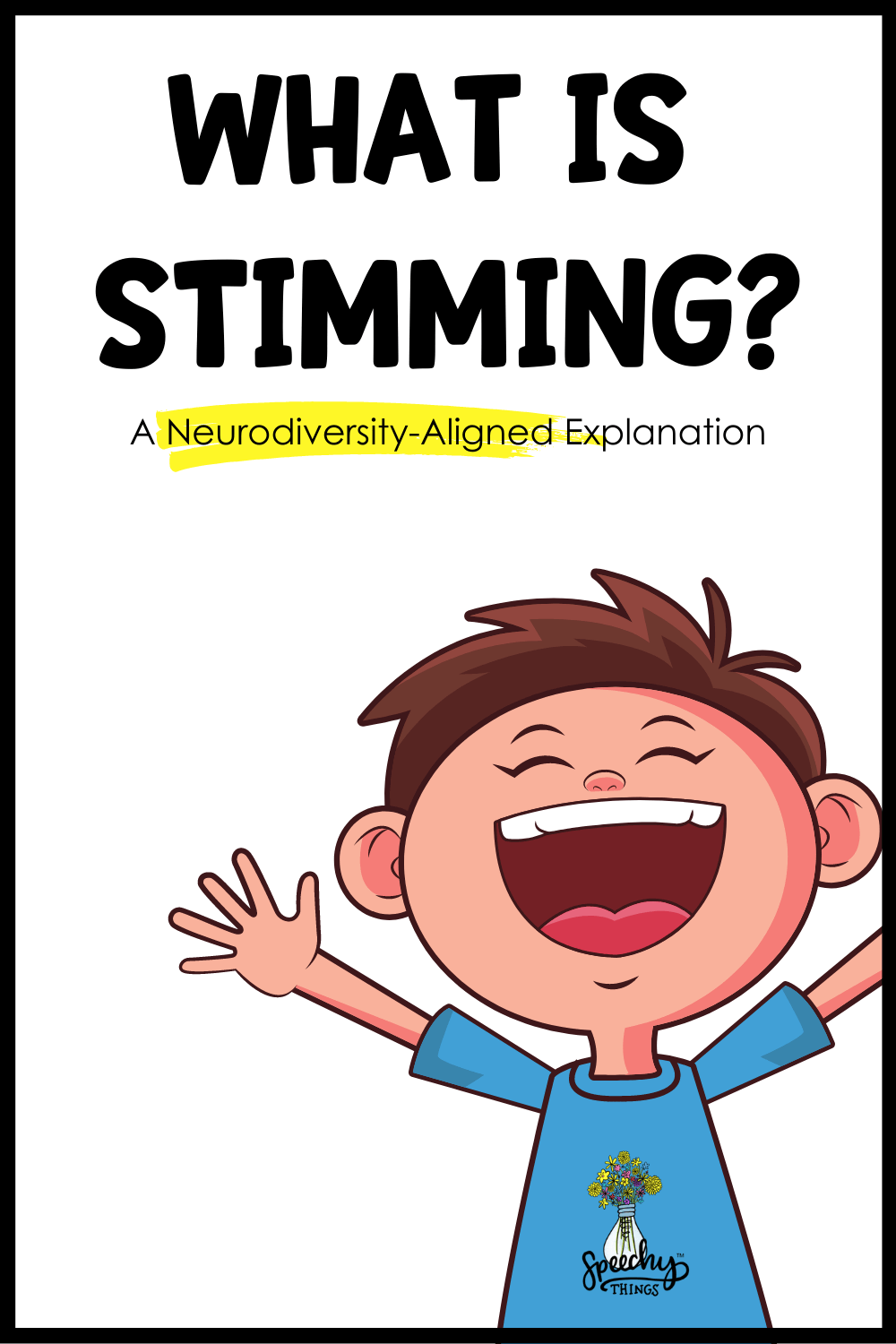Stimming, short for self-stimulatory behaviour, refers to repetitive or rhythmic movements or sounds a child engages in to stimulate their senses. These behaviours include hand-flapping, rocking, spinning, repeating words or phrases, and making repetitive noises. Stimming is often associated with autism spectrum disorder (ASD) and other developmental conditions, but it can also be observed in individuals without any underlying condition.

Stimming behaviours can serve different functions for different individuals. For some, it may provide a way to regulate their emotions or cope with stress. For others, it may be a way to stimulate their senses or to express excitement or joy.
In the case of children with autism, stimming behaviours may be more intense, frequent, or prolonged than in neurotypical individuals, which may interfere with their ability to function in daily life. For example, an individual who engages in prolonged hand-flapping may find it difficult to hold a conversation or complete a task that requires using their hands.
Stimming behaviours can be classified into two categories: destructive and non-destructive. Destructive stimming refers to behaviours that can cause physical harm to the individual or others, such as biting or hitting oneself. Non-destructive stimming refers to behaviours that do not cause physical harm, such as rocking or hand-flapping.
Stimming behaviours can be managed through a combination of approaches, including:
- Behavioural therapy: A therapist can teach an individual with autism alternative ways to cope with stress or regulate their emotions. For example, an individual who engages in hand-flapping might be taught to use a stress ball or fidget toy instead.
- Sensory integration therapy: This therapy can help children with autism better understand and manage their sensory experiences. For example, a child sensitive to loud noises might be taught to use earplugs or noise-cancelling headphones to reduce distress.
- Medications: In some cases, antipsychotics or antidepressants may reduce the severity or frequency of stimming behaviours.
- Social skills training: Children with autism often have difficulty with social interaction and may stim to communicate or express themselves. Social skills training can help individuals with autism learn how to communicate their needs and wants more effectively.
It is important to note that stimming behaviours are not inherently “bad” or “wrong” and can serve essential functions for children with autism. The goal of managing stimming behaviours is not to eliminate them entirely but rather to help the individual find ways to engage in these behaviours in a way that is less disruptive to their daily life and more acceptable to the people around them.
Overall, stimming is a common and normal behaviour seen in children with autism spectrum disorder and other developmental conditions and in neurotypical individuals. The reason for stimming can vary from child to child, but it is often a way to regulate emotions, cope with stress, or express oneself. By understanding the function of stimming and learning to manage it, individuals with autism and their families can find ways to improve their daily life and function better in society.
